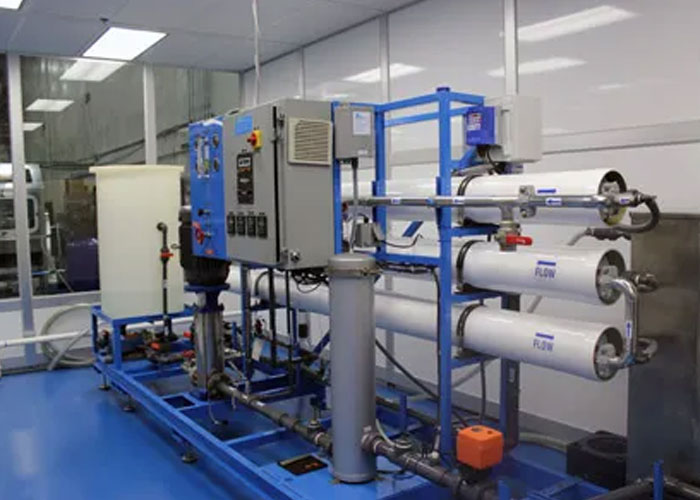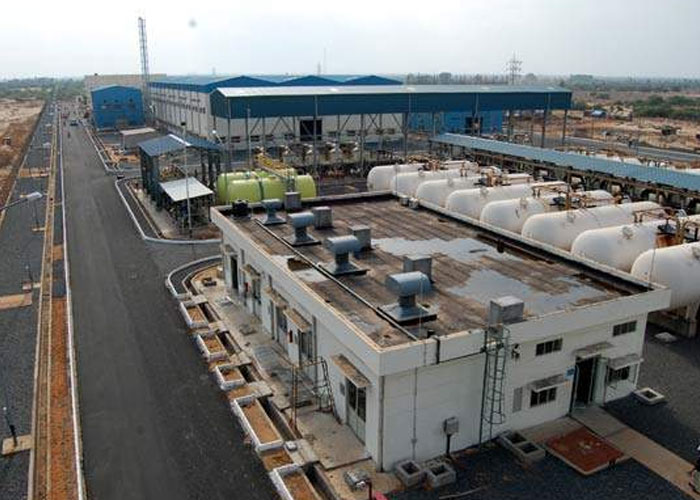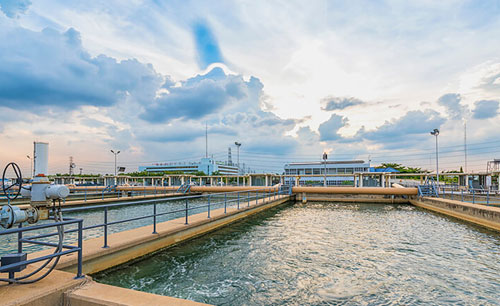Drinking water is water used for making beverages. It is potable water because it is safe for human consumption. How much water you drink to stay healthy depends on your age, physical activity, and health-related issues. Your environment also plays a role in the amount of water you need to drink each day. In this article, we will discuss some of the most common methods of water disinfection and treatment. But before we get started, let's quickly review the definition of potable water.
Depending on the location of your home, you might have to purchase an STP to handle your sewage. Generally, residential buildings need at least one STP to treat sewage. Many STPs are located underground, making them difficult to maintain. Moreover, you may not be able to inspect them without hiring an expert. It is better to consult a professional if you have any doubts about the process.
Reverse osmosis filtration
Reverse osmosis filtration can remove contaminants from water and make it fit for human consumption. Reverse osmosis processes are used in desalination plants. They have reduced energy consumption to less than three kWh/m3 (11,000 J/l), and almost all new plants use this method. In some cases, reverse osmosis can remove more than 90% contaminants.
The mineral content in tap water varies according to the city, and heavy mineral content alters the taste. A reverse osmosis system removes most minerals, leaving you with cleaner water and an improved aesthetic. This type of system is very effective, so choosing the right one for your home is important. For the best results, purchase a system with advanced stages.
Methodology

There are two types of reverse osmosis systems: the CTA and the TFC. CTA membranes have a low rejection rate of less than 2%. The TFC membranes have a high rejection rate of 95-98 percent. In addition, they are longer lasting. If you're concerned about chlorine levels in your home, consider a TFC system. This type of membrane is more expensive than the CTA membrane but has many benefits.
Desalination

Desalination is an environmentally-friendly way to produce fresh water. This method uses seawater or brackish water to produce fresh drinking water. However, the collected water is often higher in salt than freshwater, which can cause environmental concerns. In many cases, the brine is disposed of, but this method can also harm the environment. Fortunately, there are several alternatives to desalination, such as thermal and membrane distillation.
In addition to its environmental benefits, desalination is highly efficient. In the United States, about 18,000 plants were operating in 2019, producing 95 million cubic meters of potable water daily. By 2021, the world could be desalinating more than 3.4 billion cubic feet daily. The process is also environmentally friendly and can be used for agriculture, but it is unsuitable for communities with high water demands.
Solar water disinfection
In resource-poor areas, solar water disinfection is one of the cheapest and most suitable methods of treating water. SODIS is a process in which water is exposed to the sun's UV rays to kill bacteria and other microorganisms. However, this process has some drawbacks. For effective solar water disinfection, the turbidity level of the water must be low, and it is crucial to keep the solar radiation at a minimum of 30 NTU.
A water sample with low turbidity (30 NTU) is placed into clear plastic or 2L PET beverage bottle. It is aerated to increase oxygenation and then exposed to sunlight for six to 48 hours. The time varies depending on the intensity of the sun. Unlike thermal disinfection, solar disinfection does not provide residual protection and requires householders to maintain the water.
Distillation
The process of distillation of potable water involves the separation of contaminants and minerals from water. This process mimics the water cycle in nature and the clouds, where water evaporates and falls to the ground. Distillers use two main components: the evaporation chamber and the condensate chamber. The condensate is collected in a glass container. The process can produce sterile, pure, and safe drinking water.
In many medical settings, distilled water is preferred for various reasons. Besides being safe to drink, it is preferred in laboratories and pharmacies. The distillation removes 99.9% of bacteria, chemicals, and dissolved inorganics. There is a question mark about the safety of distilled water, though, since some essential minerals are removed. The process also leaves behind some impurities that are harmful to humans.







































Share Post